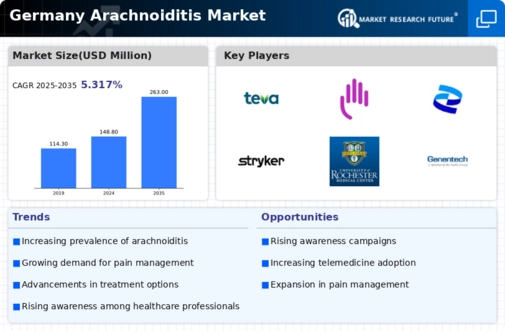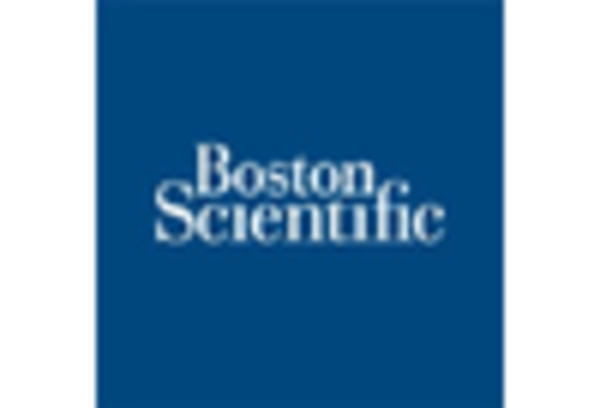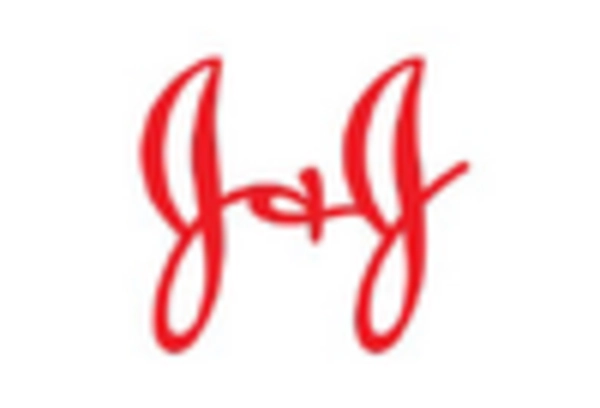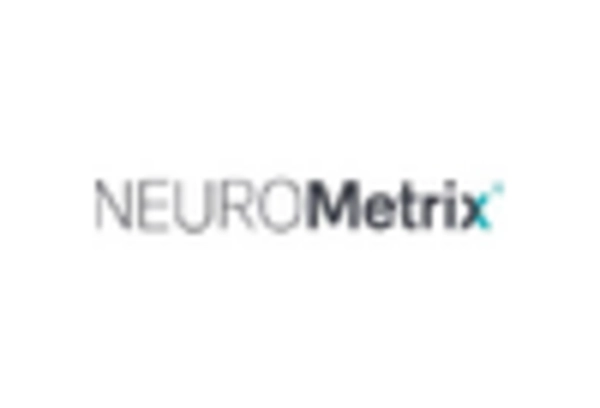Government Initiatives and Funding
Government initiatives aimed at improving healthcare access and funding for rare diseases are crucial drivers for the arachnoiditis market. In Germany, the government has been actively promoting research and development in the field of neurology, which includes arachnoiditis. Increased funding for clinical trials and research projects is likely to lead to the discovery of new treatment modalities. Additionally, public health campaigns aimed at raising awareness about arachnoiditis can enhance early diagnosis and treatment, ultimately benefiting patients. The German healthcare system's commitment to providing comprehensive care for chronic conditions further supports the growth of the arachnoiditis market, as it encourages the development of specialized treatment centers and support networks.
Increasing Incidence of Arachnoiditis
The rising incidence of arachnoiditis in Germany is a notable driver for the arachnoiditis market. Recent studies indicate that the prevalence of this condition has been increasing, with estimates suggesting that approximately 1 in 1,000 individuals may be affected. This growing patient population necessitates enhanced healthcare services and treatment options, thereby stimulating market growth. Furthermore, the increasing recognition of arachnoiditis as a significant health issue has led to more patients seeking medical attention, which in turn drives demand for specialized care and therapies. As healthcare providers become more aware of the condition, the need for effective management strategies and innovative treatment solutions becomes paramount, further propelling the arachnoiditis market in Germany.
Technological Advancements in Diagnostics
Technological advancements in diagnostic tools are significantly impacting the arachnoiditis market. Innovations such as advanced imaging techniques, including MRI and CT scans, have improved the accuracy of arachnoiditis diagnosis. These technologies enable healthcare professionals to identify the condition more effectively, leading to timely interventions. As diagnostic capabilities improve, the likelihood of early detection increases, which is essential for effective management of the disease. Moreover, the integration of artificial intelligence in diagnostic processes may further enhance the precision of identifying arachnoiditis, thereby driving demand for related healthcare services and products within the arachnoiditis market.
Growing Demand for Pain Management Solutions
The increasing demand for effective pain management solutions is a critical driver for the arachnoiditis market. Patients suffering from arachnoiditis often experience chronic pain, which can severely impact their quality of life. As awareness of the condition grows, so does the need for effective pain relief strategies. This has led to a surge in the development of new analgesics and therapeutic interventions specifically targeting arachnoiditis-related pain. The market for pain management solutions is projected to expand, with estimates indicating a growth rate of around 5-7% annually. This trend highlights the importance of addressing pain management in the context of arachnoiditis, thereby fostering growth in the arachnoiditis market.
Increased Collaboration Among Healthcare Providers
Increased collaboration among healthcare providers is emerging as a vital driver for the arachnoiditis market. Multidisciplinary approaches to treatment, involving neurologists, pain specialists, and rehabilitation experts, are becoming more common in Germany. This collaborative model enhances patient care by ensuring comprehensive management of arachnoiditis. As healthcare professionals work together, they can share insights and develop more effective treatment protocols, which may lead to improved patient outcomes. The establishment of specialized clinics that focus on arachnoiditis management further exemplifies this trend, as they provide a centralized approach to care. Such collaborations are likely to stimulate growth in the arachnoiditis market, as they promote the development of innovative treatment strategies.

















Leave a Comment